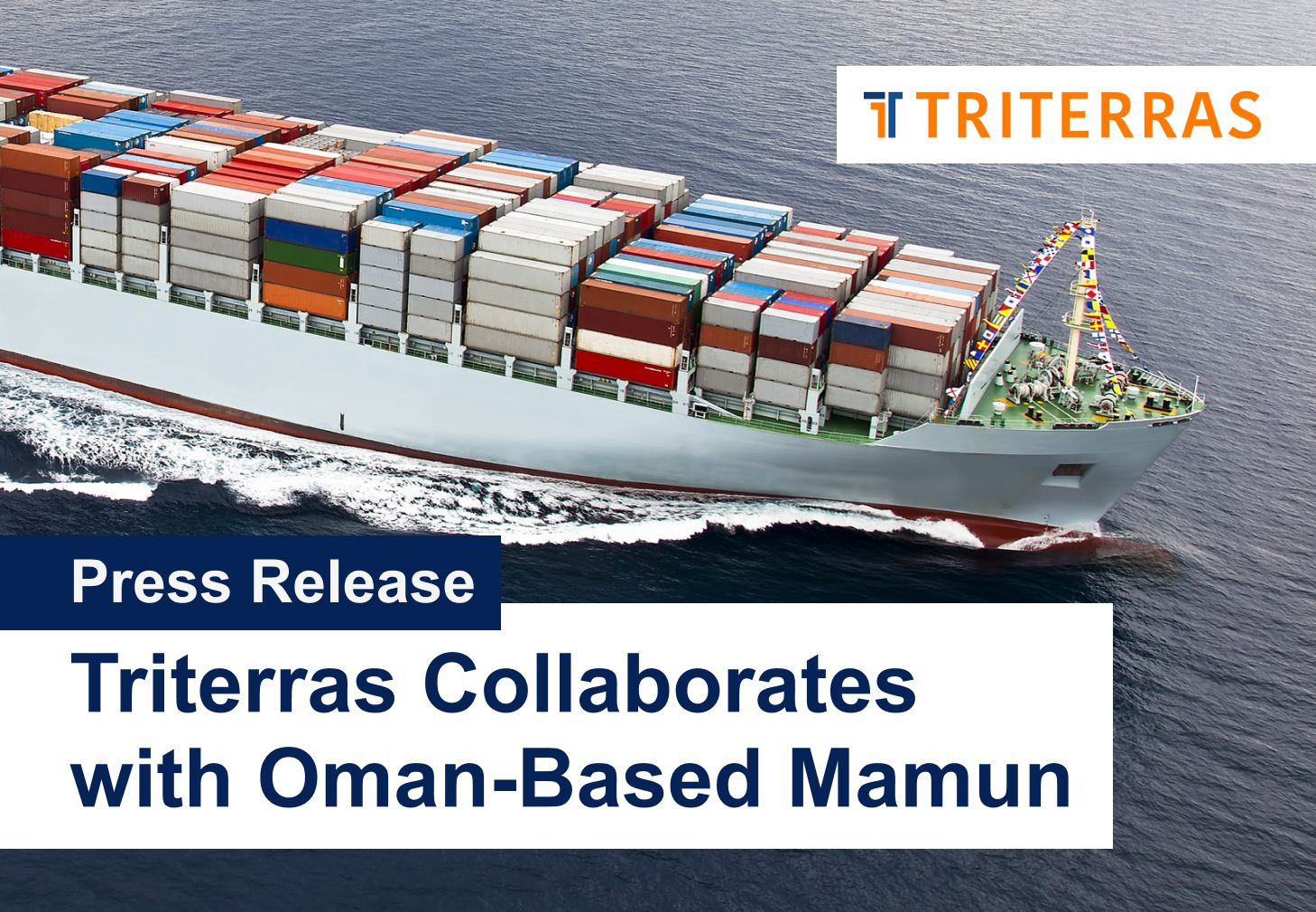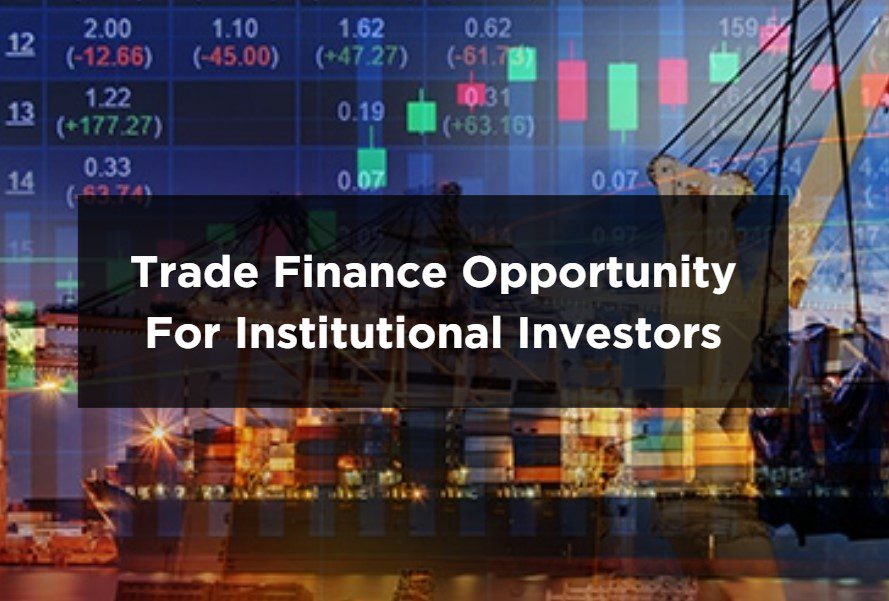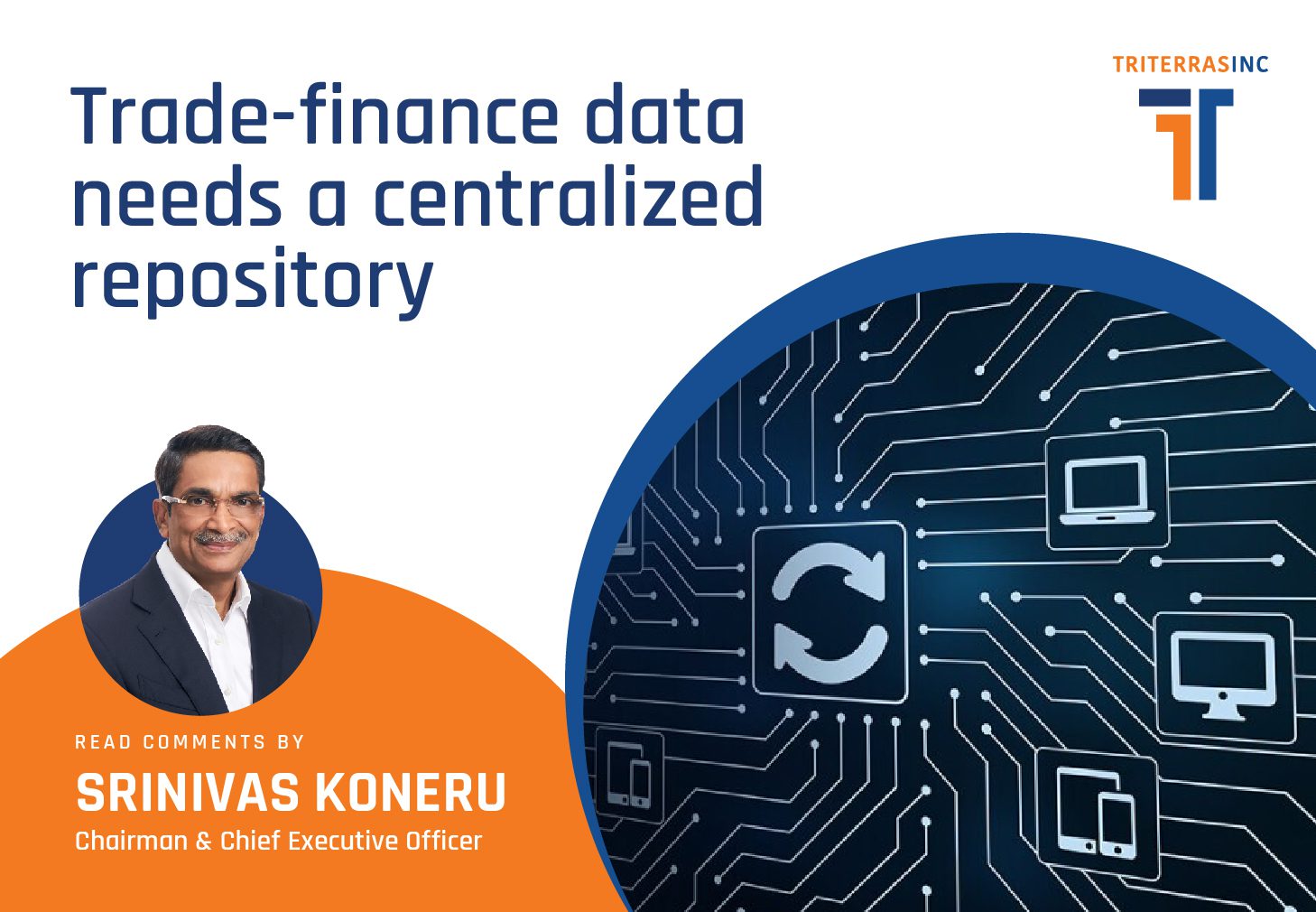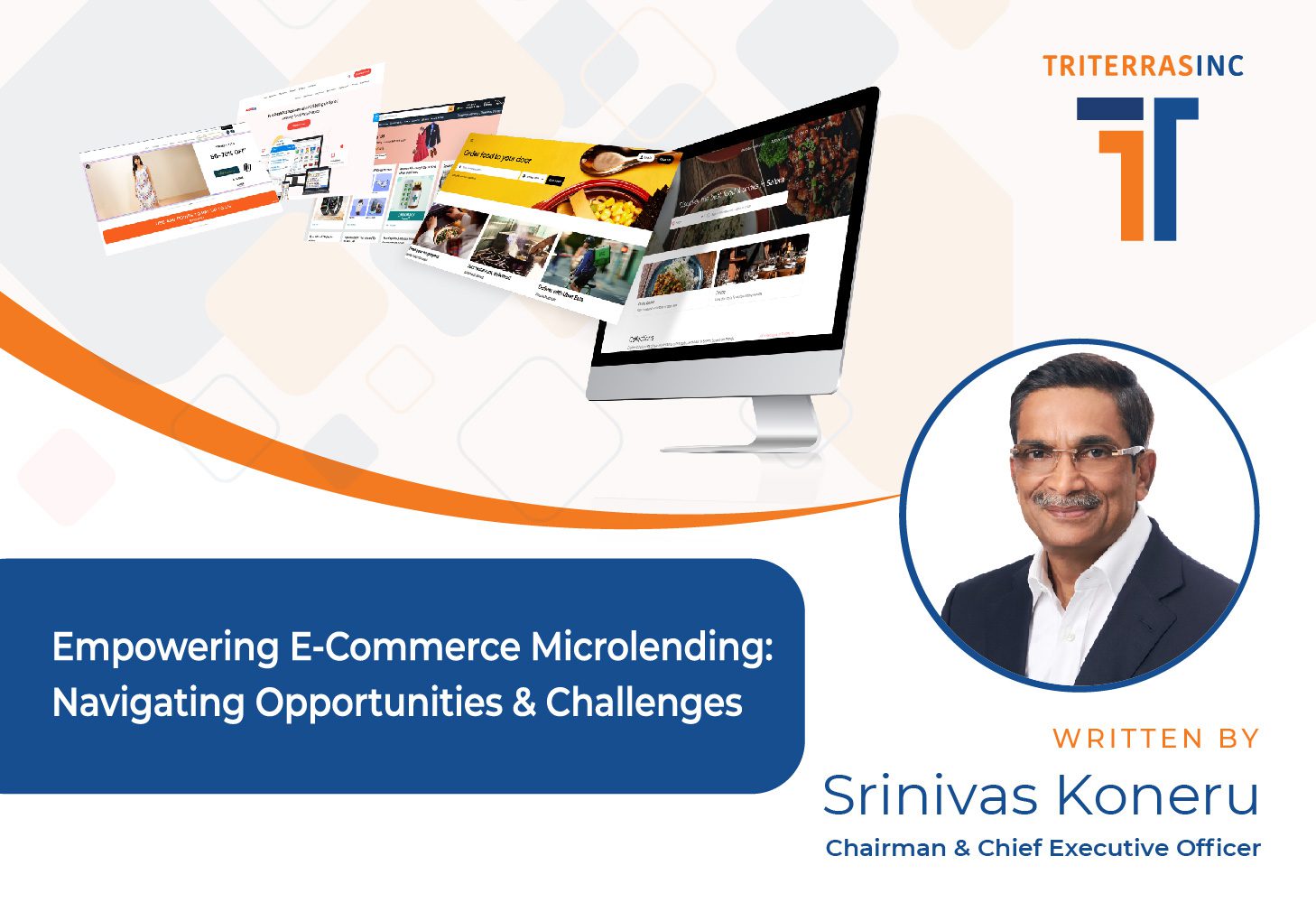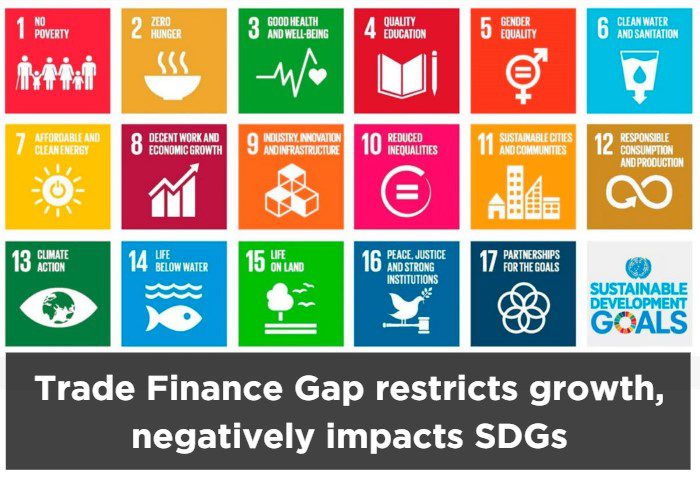By: Sri Vasireddy, CTO
As a leader in digital trade finance and trade digitalization, Triterras is driving efforts to modernize the industry. We’ve identified three phases of digital transformation that can help increase efficiency, improve responsiveness and enhance security in the trade finance space.
While the first post in this series gave a broad overview of the three phases, this post will describe Phase 1 in more detail.
Three phases of digital transformation in trade finance


Laying the foundation for increased efficiency
Every financial company has a technology platform, and every platform encompasses both functional and non-functional elements. The non-functional infrastructural aspects that address the “-ities,” such as security, quality, reliability, stability and availability, serve as foundational elements. By laying a solid infrastructural foundation in Phase 1 of digital transformation, companies can improve the efficiency of delivering the functional elements. We will cover the modernizing of these functional elements in the next blog post.
The goal should be to automate as many non-functional elements as possible, so that companies can spend the majority of their time on the functional items that set them apart.
Three keys to infrastructure transformation
Future-focused companies are adopting a culture of DevSecOps where development, security and operations teams work collaboratively to automate their processes from end-to-end, with a goal to shift testing left to identify issues as early as possible. We will dive deeper into each of the principles listed below in more detail in the following sections.
- Create a “shift left” mindset to improve cost
- Adopt a culture of automation to reduce time and effort
- Test more and earlier to improve quality and security
1. Create a “shift left” mindset to improve cost
In the traditional model of software or application development, testing occurs late in the process. Many problems are not identified until quality assurance (QA)/user acceptance testing (UAT) or sometimes even in production. There have been studies that show that the later in the software development lifecycle an issue is identified, the higher the cost of resolving it — as much as 100 times more.
Here is one estimate of the costs to resolve problems that are found at different stages:


Source: BMC blogs (https://www.bmc.com/blogs/what-is-shift-left-shift-left-testing-explained/)
This increases time to market and leads to unexpected errors. Worse, it creates a vicious cycle in which, just as one problem is fixed, the business requests something else, which creates new problems that need to be addressed…and the cycle repeats.
In contrast, the shift left model creates a virtuous cycle for development. Costs are reduced through continuous and automated testing running overnight. Delivery speed is increased and time to market is decreased by enabling a constant feedback loop. And by constantly reviewing changes and progress, companies can minimize unexpected errors and improve satisfaction.
- Adopt a culture of automation to reduce time and effort
DevSecOps is a culture of automating as much as possible, including testing, release and operations processes. Testing automation allows testing to be conducted by machines overnight. Rather than having human teams spend their time on repetitive testing of old features, they can focus on testing new features or improving testing strategies.
Automated testing can provide error reports in an easy-to-quantify dashboard to help developers identify what needs to be addressed, thereby improving effectiveness of development teams.
Automation can also speed up release management by allowing the company’s business users to test and bless the application sooner. Automating the release process can help business users see how the code performed in different environments and different stages of testing. This gives them the confidence to make a data-driven decision to approve the code for release.
It’s also important to look for ways to automate operations. If a server breaks, there should be a means of automatically detecting it, and a process for immediately responding. Systems should have a way to instantly bring up additional capacity to stay up and running.
Automation can free up resources to do things that are more useful and productive. This allows companies to focus on new features that customers demand – and that can differentiate a company.
- Test more and earlier to improve quality and security
Applying more automation allows companies to test in additional dimensions. And shifting left allows companies to test earlier in the development timeline and identify issues. Most legacy companies can only test functionality on a daily basis, but truly modern companies embrace the culture of DevSecOps complete security and performance testing before every release, while releasing more often.
Rigorous security testing should verify the confidentiality, integrity and availability of information – CIA for short. Performance testing should seek to determine how responsive the software or application is. The goal is to answer three questions:
- Is the application doing what it’s supposed to do?
- Is it fast enough that customers are enjoying the experience?
- Are we able to prevent break-ins?
The challenge with automating testing is that most companies’ existing teams know what to test, how to release and procedures to follow if something goes wrong. But they’re not as experienced with automation. Newer talent may know how to automate, but they don’t understand the existing systems and processes. Companies that bring these two profiles together to collaborate are more likely to find success.
Modernizing infrastructure is just the first step
Triterras is digitizing manual processes and outdated technology to enhance convenience, speed and risk mitigation in the trade finance space. The goal is to improve outcomes for our partners and traders by increasing productivity and efficiency.
Companies should be looking for ways to transform their infrastructure in order to close the gap between development and business teams. Reducing the amount of time spent on non-functional tasks will lay the groundwork to focus on functional work that differentiates the company and enhances its competitive advantage.
The next article in this series will describe how to bring in no-code solutions to make differentiated work more efficient and minimize rework.








